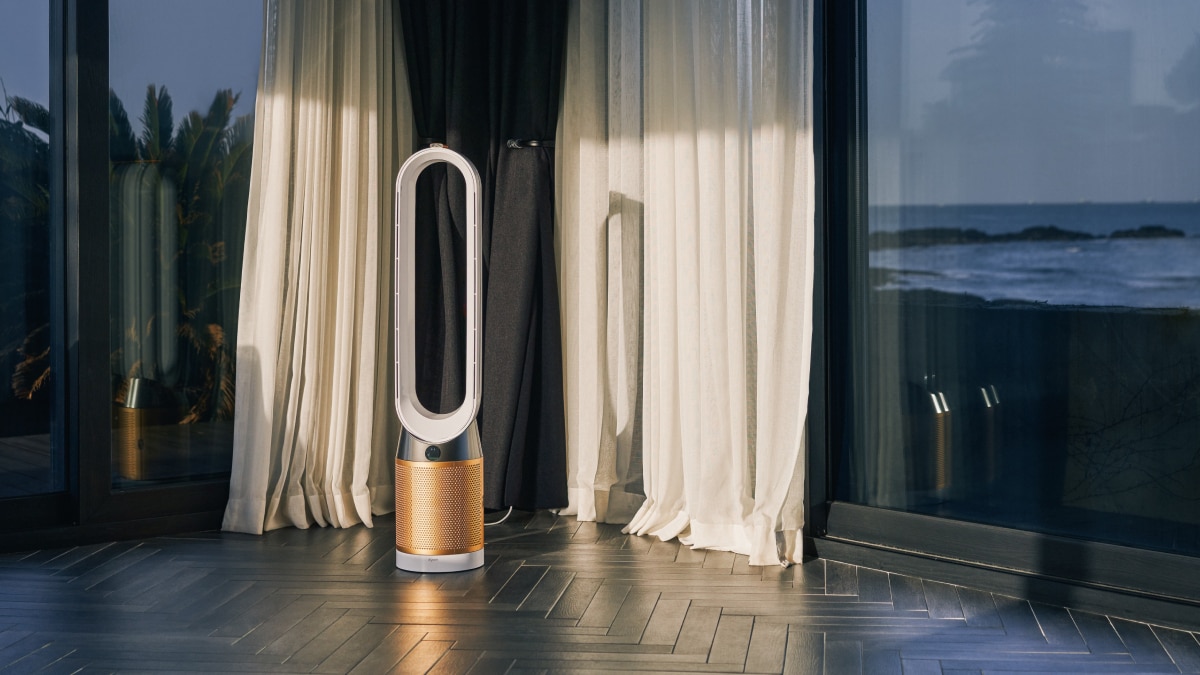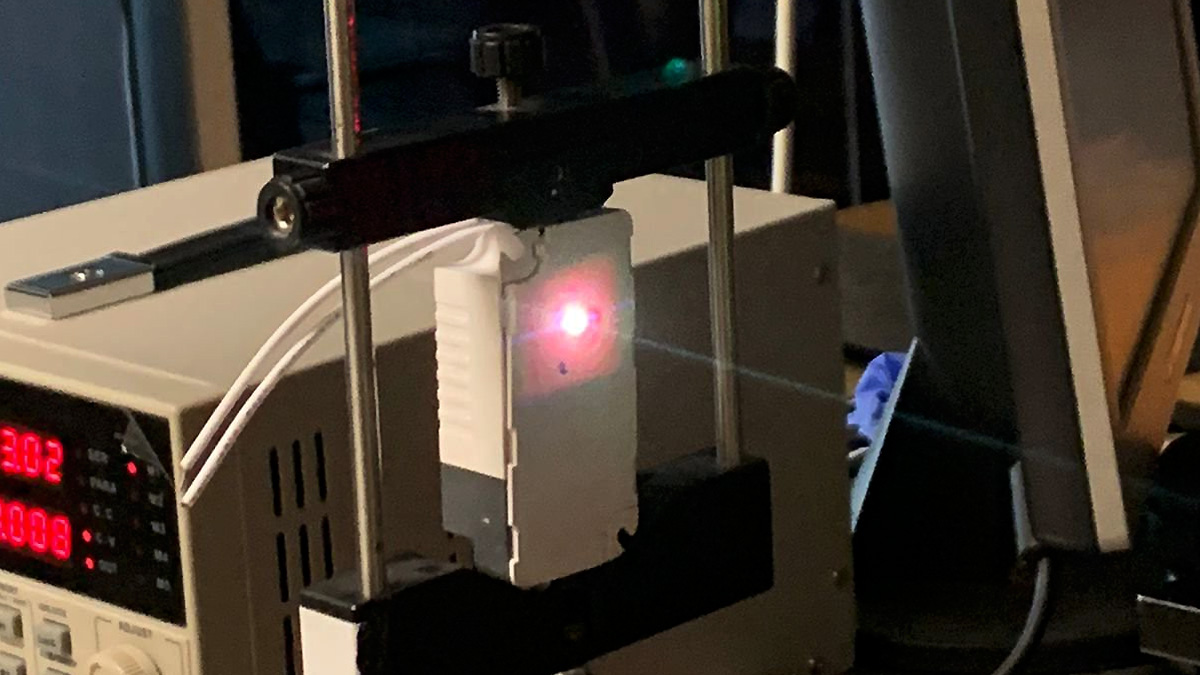
By Ken Armstrong Air purifiers are becoming an essential part of households as air quality continues to decline, particularly in urban areas of northern India. India is home to many of the world's most polluted cities, and with AQI levels hitting dangerous peaks due to topographical challenges and wind convergence, health risks are rising. Pollution has been linked to approximately 2 million deaths annually in India, according to a BMJ stud y .
Given that we spend over 90% of our time indoors, it’s crucial to understand how air purifiers can help combat rising AQI levels. Here are a few important things to note before you buy an air purifier. Type of filter used There are different types of filtration and cleaning systems present in purifiers.
Ultraviolet light, for example, uses electromagnetic radiation to destroy bacteria, viruses, and mould but doesn’t remove dust, allergens or particles in the air. Activated carbon filters react chemically with pollutants to clear smoke, odours and gases from the air, but alone do not filter out harmful fine particles. HEPA H13 standard filters are highly effective at capturing 99.
95 per cent of particles as small as 0.1 microns such as allergens, bacteria, pollen etc. Therefore, investing in air purifiers with HEPA and activated carbon filters is suggested.
Ability to remove fine and ultra-fine particles While seemingly fundamental, it is important to be aware of the invisible enemies that we are dealing with in our homes. PM0.1 particles, also known as ultra-fine particles, tend to penetrate the fine sacs in our lungs and may even enter our bloodstream easily.
Area of coverage and ability to circulate air Select the air purifier depending on the area of your room and the ability to distribute clean air evenly across the room. Many air purifiers only release air in a singular or upward direction. Size and weight While for smaller rooms such as bedrooms, lightweight purifiers are ideal but for larger rooms, one may need purifiers that can be bulky and heavy, making them difficult to transfer across rooms.
Noise Level Air purifiers are most effective when they’re running 24/7, and since they’re running 24/7, you’re going to want one that’s quiet yet effective. Noisy fans when trying to sleep or do things around the house aren’t very pleasant, after all. Smart Features Many air purifiers include intelligent functionalities like auto mode, which adapts purification levels according to air quality.
This guarantees uninterrupted protection without manual intervention. (The author is the Air Purification Scientist at Dyson) Disclaimer: The opinions, beliefs, and views expressed by the various authors and forum participants on this website are personal and do not reflect the opinions, beliefs, and views of ABP Network Pvt. Ltd.
.














